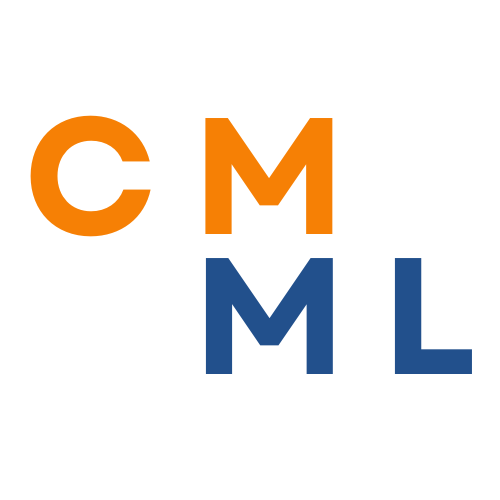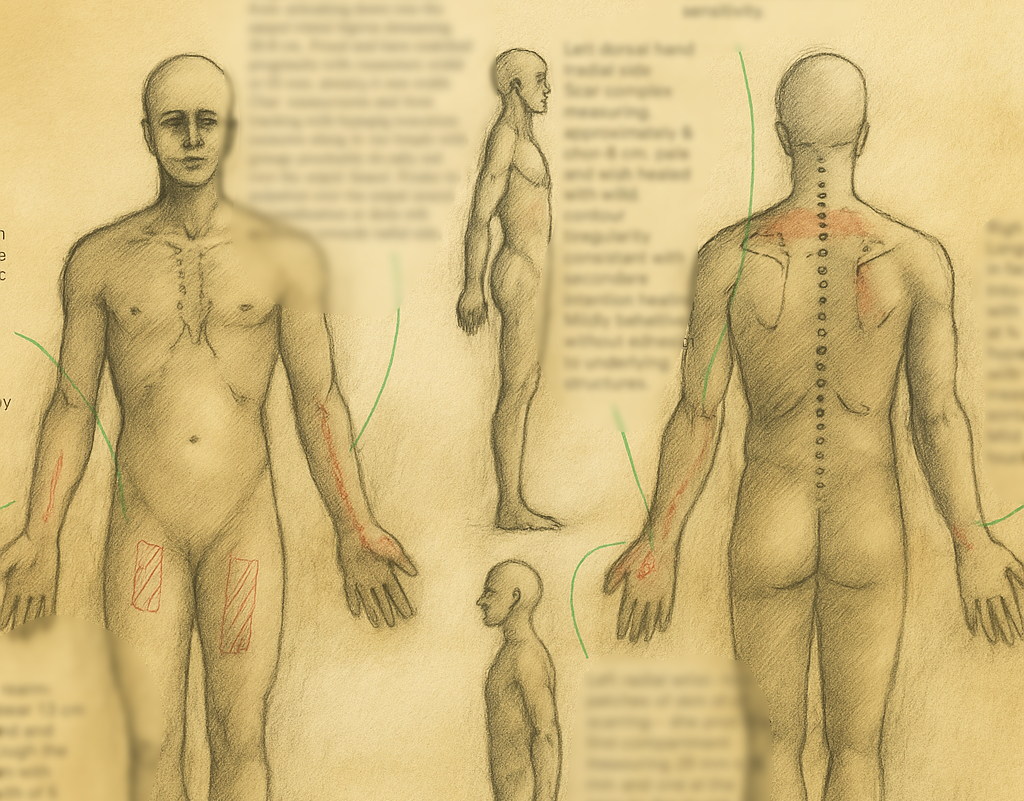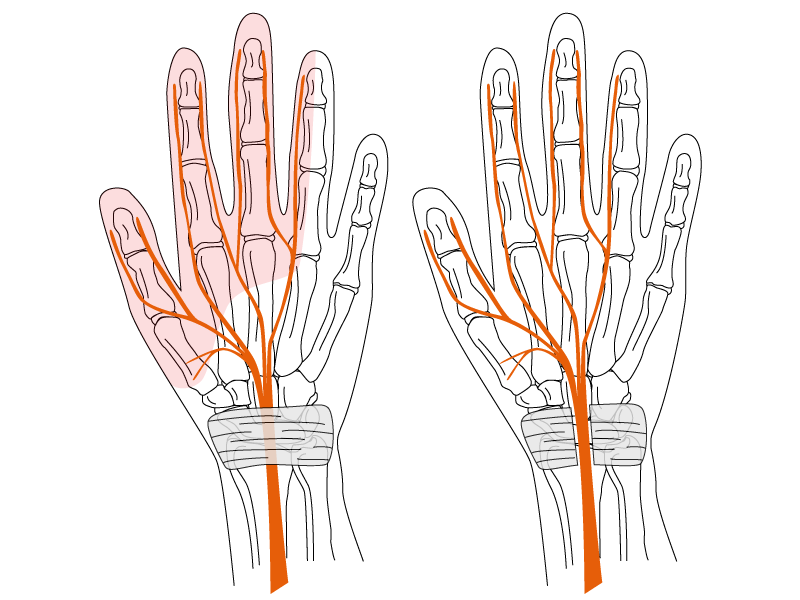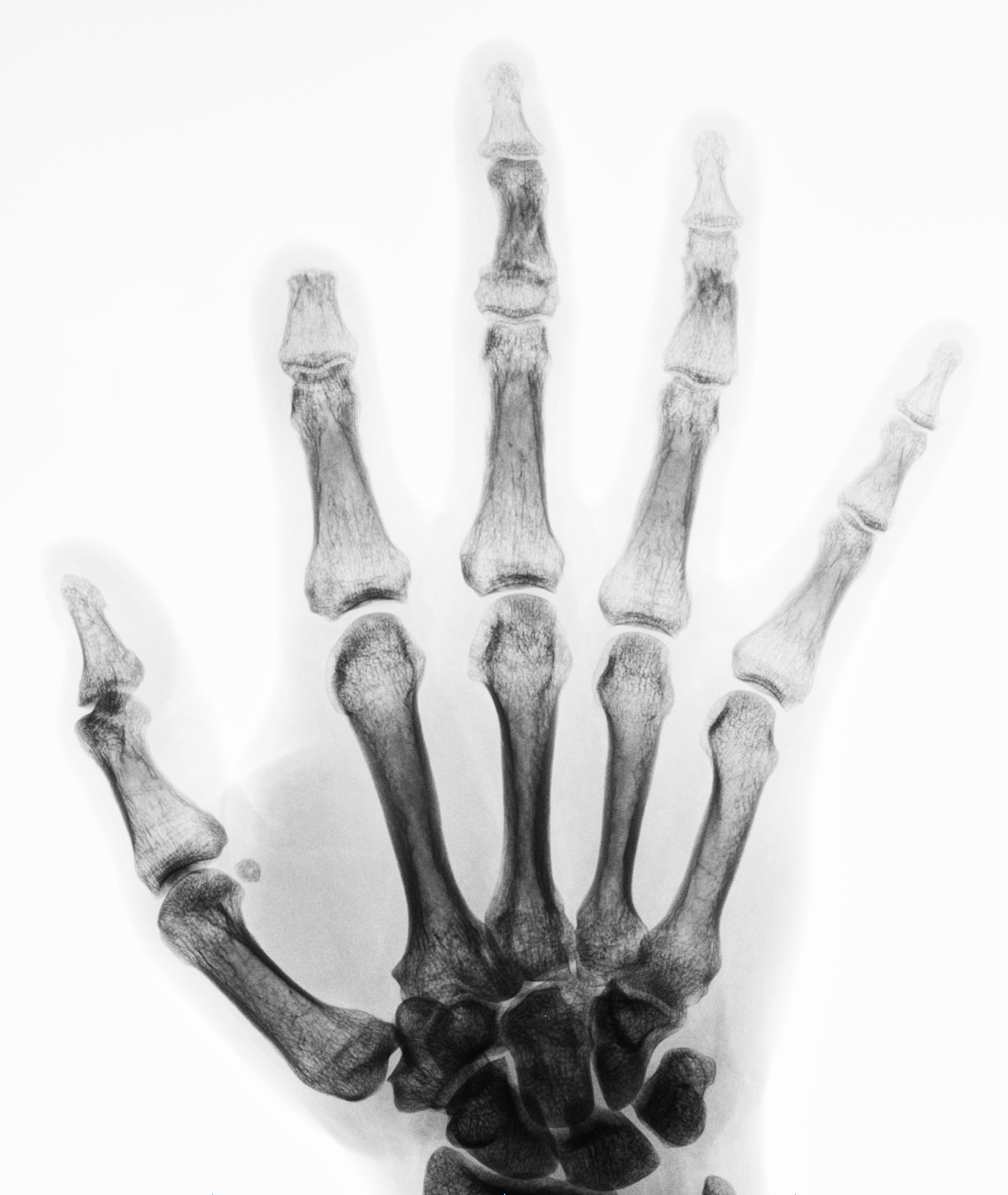The assessment of scarring and disfigurement following trauma presents a unique challenge in the medicolegal field. Interpretation of these conditions goes beyond mere physical changes; it is crucial to evaluate the impact on the individual’s daily life and activities. Patients often do not readily express their concerns about scars, possibly due to dismissal or stoicism, however, when approached with sensitivity in a safe environment, a clearer picture of their true feelings and concerns emerges. It is important to note that people in general are not indifferent to scars, regardless of their perceived position or expected reaction.
The AMA Guide criteria for assessing scarring and disfigurement offer limited direction, especially for significant scarring and higher impairment percentages. Some Australian states have introduced guidelines for evaluating permanent impairment, providing additional structure around class one impairments. However, these remain purely guidelines rather than strict rules or formulas.
A thorough physical examination of the scar, documenting its size, scale, texture, adherence, colour, and mobility, is essential to form a clinical opinion. More challenging is the sensitivity required when questioning patients about their scars and the impact of disfigurement on life. There is a tendency among some patients and examiners alike to view scars as normal, asymptomatic, or simply part of the injury. This assumption can lead to underestimating the true degree of impairment under the surface.
Plastic and reconstructive surgeons are particularly well-suited to assess scarring and disfigurement. Their expertise in skin, appearance, form, and functionality, combined with their experience in discussing emotional elements and concerns with patients, positions them uniquely for this task.
Overall, the assessment of scarring and disfigurement is an interesting yet complex area of permanent impairment evaluation. It requires specialised assessment, detailed history taking, and a high degree of clinician sensitivity to achieve accurate results.






